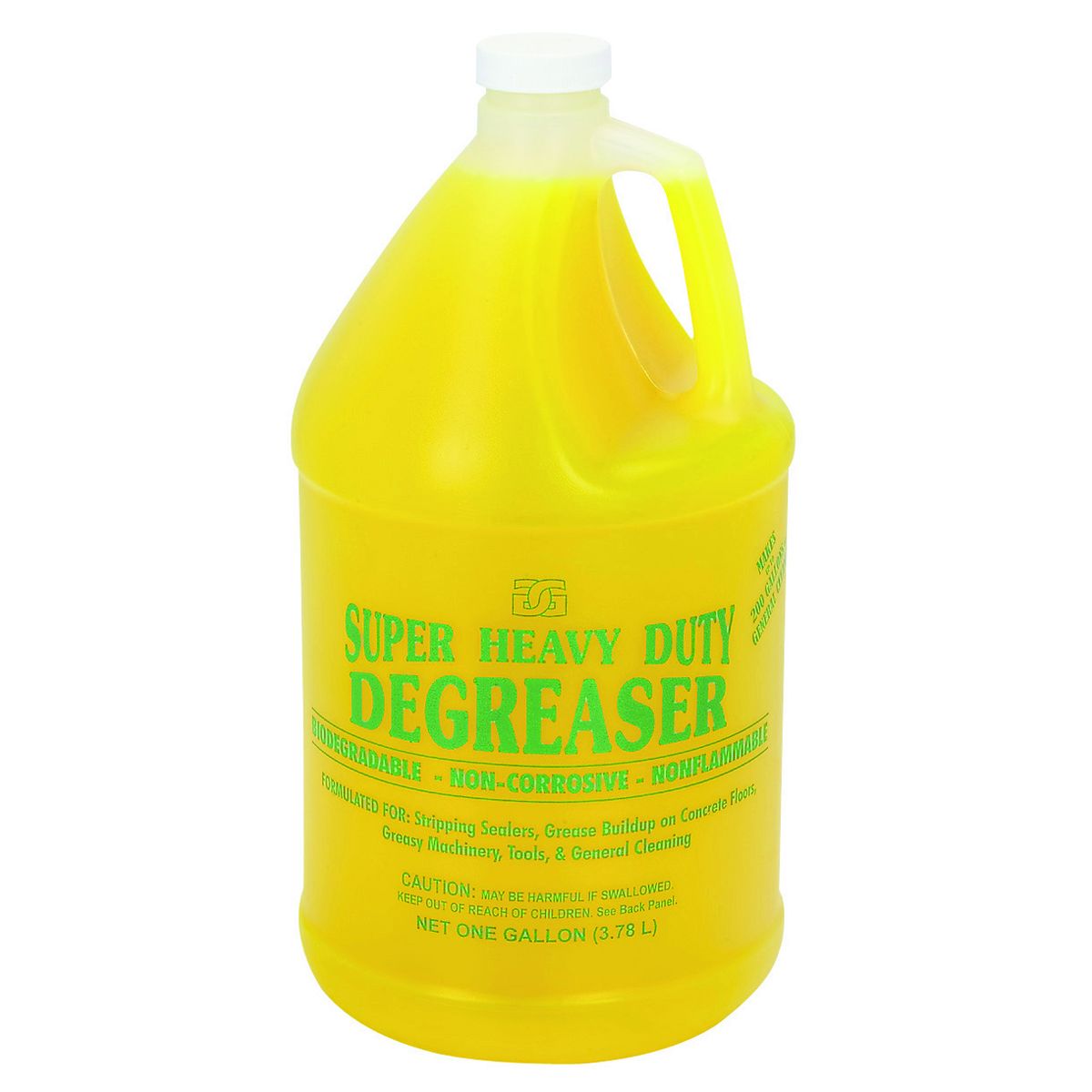I had a huge tripple tank US cleaner that was Branson based, could fit an entire Briggs & Stratton engine block in that thing. Only had it hooked up to 3 phase as designed for a little while but the heat makes a huge difference too. If I were to get a small one I'd probably buy an immersion heater to use with it.
Anyway, this was my solvent of choice.
Amazing deals on this 1Gal Degreaser at Harbor Freight. Quality tools & low prices.

www.harborfreight.com
But, definitely scrape and scrub any heavy soil or grease before dipping into the tank.
John


